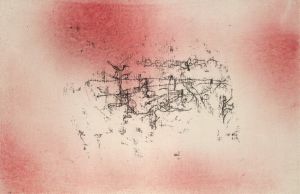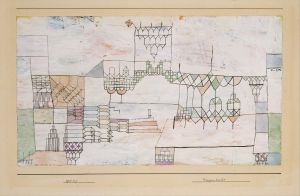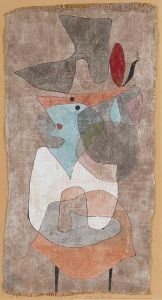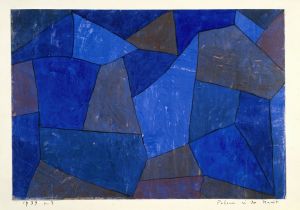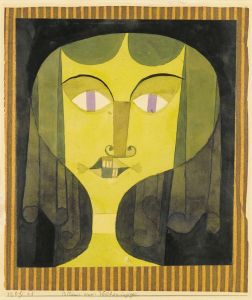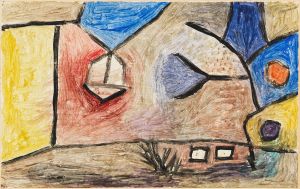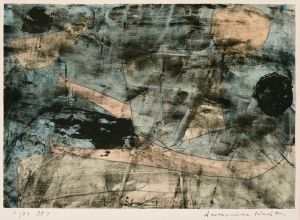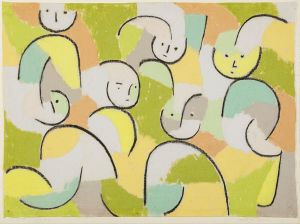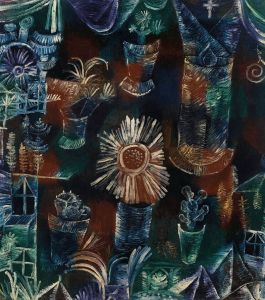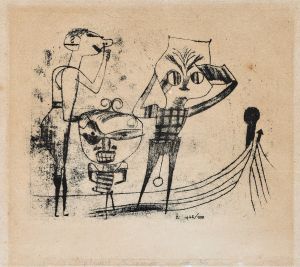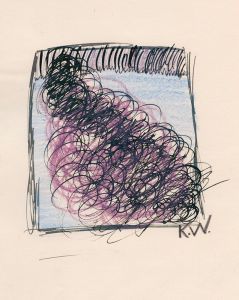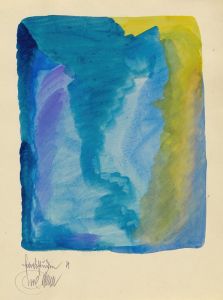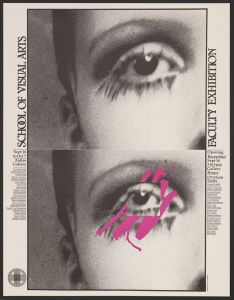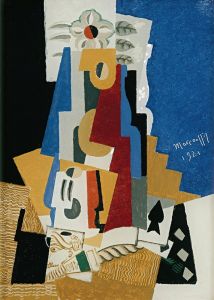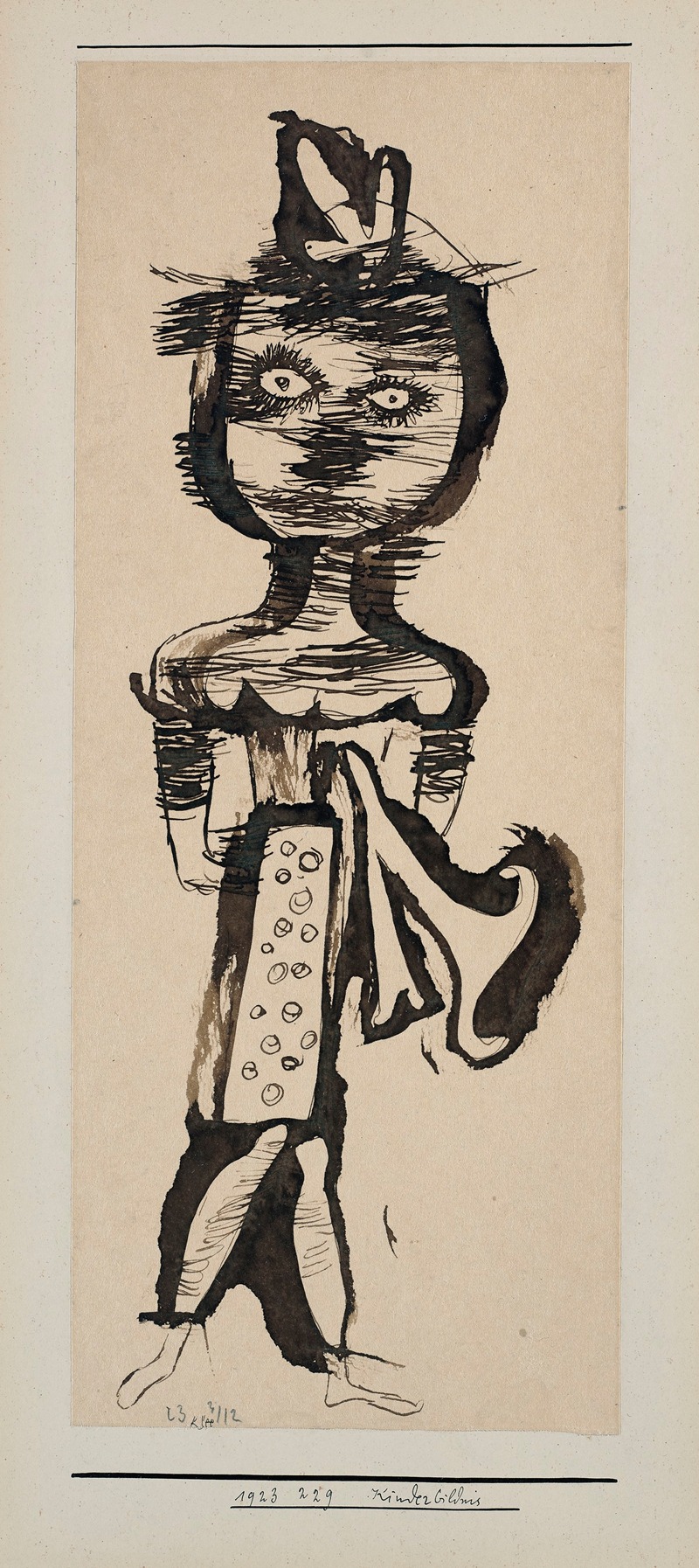
Kinderbildnis
A hand-painted replica of Paul Klee’s masterpiece Kinderbildnis, meticulously crafted by professional artists to capture the true essence of the original. Each piece is created with museum-quality canvas and rare mineral pigments, carefully painted by experienced artists with delicate brushstrokes and rich, layered colors to perfectly recreate the texture of the original artwork. Unlike machine-printed reproductions, this hand-painted version brings the painting to life, infused with the artist’s emotions and skill in every stroke. Whether for personal collection or home decoration, it instantly elevates the artistic atmosphere of any space.
Paul Klee, a Swiss-born artist, is renowned for his unique style that blends elements of expressionism, cubism, and surrealism. One of his works, "Kinderbildnis," reflects his innovative approach to art. Klee's career spanned the late 19th and early 20th centuries, a period marked by significant changes in the art world, with movements like modernism challenging traditional forms and techniques.
"Kinderbildnis," which translates to "Child's Portrait," is a testament to Klee's fascination with the simplicity and directness of children's art. Klee often drew inspiration from the uninhibited creativity of children, which he believed was closer to the essence of artistic expression than the more constrained works of adults. This painting is a part of his broader exploration of childhood themes, which he pursued throughout his career.
Klee's work is characterized by a playful yet profound use of color and form. In "Kinderbildnis," he employs a palette that is both vibrant and subtle, using colors to evoke emotion and convey meaning beyond the literal depiction of the subject. His use of geometric shapes and abstract forms is also evident, a hallmark of his style that allows viewers to engage with the painting on multiple levels.
The painting reflects Klee's interest in the psychological aspects of art. He often sought to capture the inner world of his subjects, going beyond mere physical representation to explore deeper emotional and spiritual dimensions. This approach aligns with the broader expressionist movement, which emphasized the expression of emotional experience rather than physical reality.
Klee's technique in "Kinderbildnis" involves a delicate balance between abstraction and representation. While the painting is not a literal portrait, it captures the essence of childhood through its simplicity and directness. This aligns with Klee's belief that art should not merely replicate reality but should instead offer a new perspective on it.
Throughout his career, Klee was associated with several influential art movements and groups, including the Bauhaus, where he taught alongside other notable artists such as Wassily Kandinsky. His work, including "Kinderbildnis," reflects the Bauhaus's emphasis on combining fine art with crafts and exploring new forms and techniques.
"Kinderbildnis" is a reflection of Klee's broader artistic philosophy, which sought to transcend traditional boundaries and explore new ways of seeing and representing the world. His work continues to be celebrated for its innovative approach and its ability to capture the complexity of human experience through seemingly simple forms.
Paul Klee's legacy as an artist is marked by his ability to blend different styles and techniques to create works that are both visually striking and intellectually engaging. "Kinderbildnis" is a prime example of his skill in using art to explore the depths of human emotion and experience, making it a significant piece in the study of modern art.





